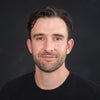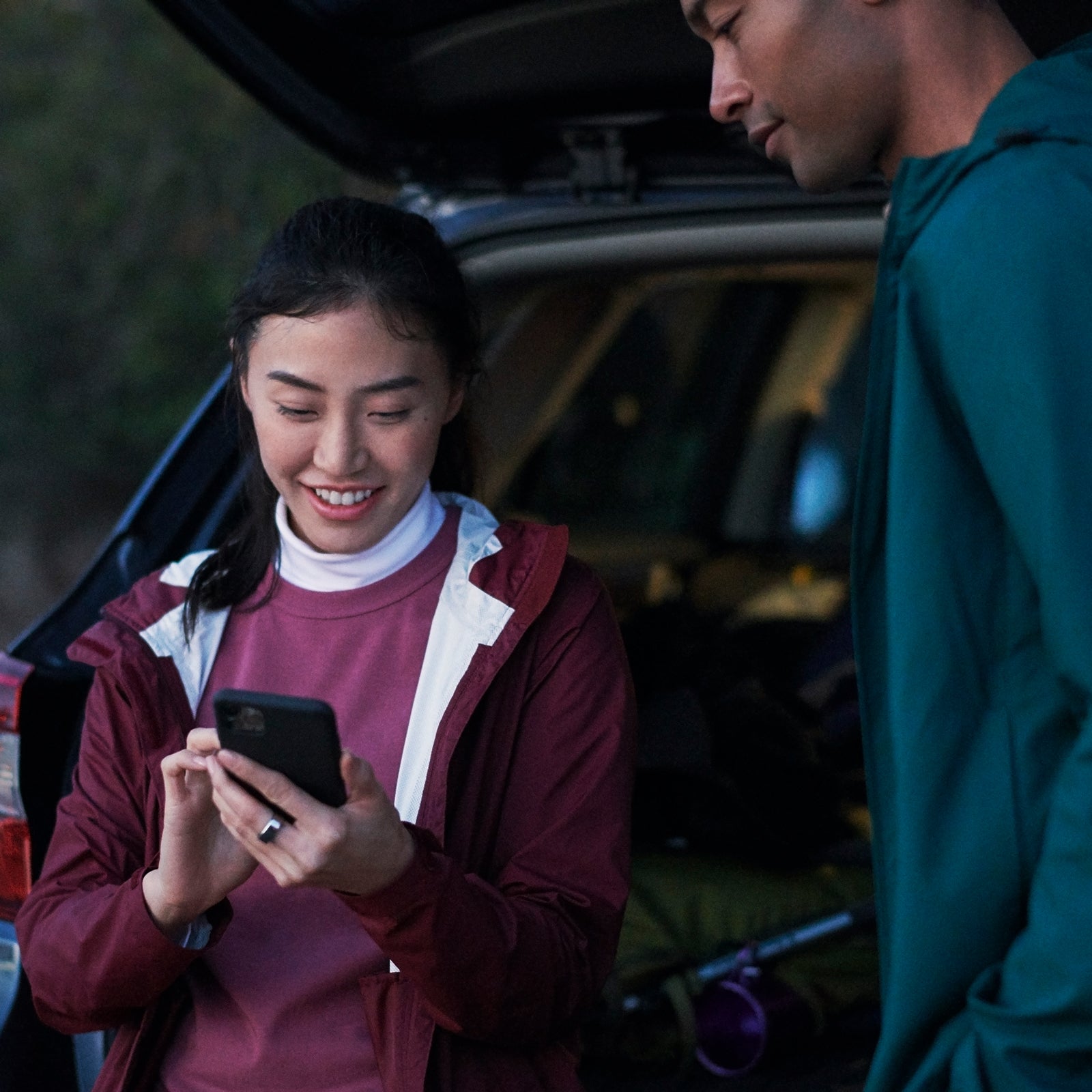Despite some initial hesitations, Petri Hollmén had a hell of an Austrian ski trip. He and nine friends spent a textbook mountain weekend in St. Anton in early March, hammering the slopes by day, enjoying lagers and schnitzel by night. Sure, coronavirus���ɲ��� a thing��in Europe��then. But the data showed that��infections��were mostly centered in northern Italy. There were supposedly only 20 or so cases in Austria’s��entire 750,000-person Tyrol region. So why not ski?
“I didn’t notice anyone sneezing or coughing on my flights or on the chairlift. I used hand sanitizer and washed my hands like never before,” says Hollmén, a fit��40-year old��Finnish entrepreneur. (Picture Bode Miller with a Finnish accent.) “I got home Sunday evening, and by Tuesday, I heard that the area in��Tyrol I was in was declared .”
Hollmén worked from home the next day out of precaution, even though he “felt totally fine,” he says. Thursday, too. But that morning, his ��fitness tracker—which gives wearers a daily��“readiness” score��based on their level of recovery—displayed an oddity. “My score was 54,” he says. “For me��that is very, very low. I’m usually in the eighties��and nineties.” Part of the reason Hollmén’s score was so low was��that his body temperature, which the ring measures along with��other biometrics like heart-rate variability��and respiratory rate to formulate that readiness score, was about two degrees higher than usual throughout the night.��
“I still felt fine, and I tested myself with a thermometer in the morning, and my body temperature was normal,” he says.��Hollmén���ɲ��� going to shrug the��temperature anomaly��off,��but��his wife, a medical researcher,��told him to check in with his doctor. “They had me come in for a test. The doctors came out with these space suits on and stuck a cotton stick up my nose,” he says. “And they called me back after an hour or two and said I was COVID positive.”��
Experiences like Hollmén’s��are leading some wearables companies to partner with research institutions around the world. Eleven days after Hollmén received his test results, as states were locking down and 43,000 Americans tested positive, Oura ring users were posed��a question on the company’s app: Would you like to participate in a University of California at San Francisco (UCSF) study using Oura ring data to predict COVID-19?��Over 40,000 users and 3,000 frontline health care workers have since signed up (the health care workers received Oura��rings for free as part of the study). Each day��they report any symptoms and whether they’ve knowingly come in contact with an infected person.��
Oura and other fitness-tracking companies, like ��and��, think body-temperature, breathing, and heart-rate data from their devices��can do more than assess��recovery and improve��fitness—they��might also help users know when they’re getting sick��days before they do. And with that information, perhaps they wouldn’t go out to the grocery store and get close to others. Or visit an older relative. Or decide to go for a long run, which could potentially dampen their immune system enough to give the virus��an upper hand. If enough people were using trackers, public-health institutions could even use the data to create a sort of infectious disease “weather map” that alerts the public about trends in diseases like the coronavirus.
Many of the study’s��scientists were already using trackers in other research projects, but the focus shifted as COVID-19 tipped into a pandemic. “The early data is very encouraging,” says Benjamin Smarr, a professor of data science and bioengineering at the University of California at��San Diego, who is leading the Oura study along with UCSF colleagues. “We’re noticing things change at least a few days ahead of a fever in most cases. The data is��very clear.” In fact, the data is so encouraging that both the�� and the�� having players wear fitness-tracking devices—Whoop bands for the former, Oura rings for the latter—to help detect COVID-19��symptoms as they��start to resume their seasons.��
On April 8, West Virginia University’s Rockefeller Neuroscience Institute launched a similar��study. It’s��analyzing Oura data from over 1,000 hospital workers in New York City, Philadelphia, and Nashville, Tennessee, and��asking��the workers to enter psychological and cognitive information��about��their stress, anxiety, memory, and more��into a separate app created by researchers. The lead researchers of the��study recently announced that the ring, paired with their app’s algorithm, could predict COVID-19 symptoms three days before they start to manifest.��
“We haven’t really known whether wearables are useful in the field to inform public-health efforts or to inform individuals,” says Smarr. “They absolutely are.”
Smarr’s study, in contrast, mainly tracks temperature data. “You tend to see daily temperature oscillations destabilize as the body begins to fight an infection,” says Smarr. Such��changes usually occur at night and are comparable to skirmishes—the body’s early, imperceptible warning shots as it begins to fight a virus. “A fever is not the start of the fight,” says Smarr. “Fever is when things have gotten serious and your body is going to total war.”��
If a tracker could flag those skirmishes a few days in advance—which is��when unaware carriers��are��likely to infect others,��because they have yet to be diagnosed with��COVID-19 but are still contagious—users could change their behavior to avoid spreading the virus. “We haven’t really known whether wearables are useful in the field to inform public-health efforts or to inform individuals,” says Smarr. “They absolutely are.”��
Previous studies have noted that activity trackers can be��irregular��when it comes to��certain metrics. Researchers at Stanford, for example, ��that calorie-burn data was in some cases off by as much as 93 percent��in the seven different trackers they tested. But more straightforward measurements, like temperature and heart and breathing rates, seem to be more reliable.��That same Stanford study, for example, showed that heart-rate data in six of the seven trackers was��accurate to within 5��percent. And a recent small study conducted by researchers at Oura and the University of Oulu in Finland found that Oura’s��data on resting heart rate and heart-rate variability���ɲ�����accurate to within 0.01 to 1.6 percent��when compared to readings from a medical-grade ECG��machine. Another small , this one published in May by Arizona State��University researchers, found that the Whoop��device��assesses breathing rate nearly as well��as hospital devices.��
In early April, Whoop��partnered with CQUniversity��in Australia and the Cleveland Clinic to launch a study looking��to determine if��changes in respiratory rate could predict the infection. “COVID-19 is known to impair lung function and cause respiratory symptoms (shortness of breath, hypoxia, tachypnea), so respiratory rate was a pretty obvious target for us to base a study on,” Emily Capodilupo, vice president of data science and research at Whoop, wrote��in an email. Respiratory rate may be��a particularly good indicator to help detect the virus, Capodilupo says, because few things can cause a person’s��respiratory rate to increase.��Whoop that the 271-patient��study��found that its��devices were able to detect 20 percent of COVID-19��cases two days prior to the onset of symptoms��and 80 percent of cases by the third day of symptoms. (While encouraging, it’s worth noting that the study has yet to be peer-reviewed.)��Both Duke and Stanford Universities are also currently conducting independent research to learn if they can predict COVID-19 through Garmin heart-rate data.
What makes these��trackers compelling to researchers is that they constantly measure your body—day and night. This is different than, say, going to a doctor, who takes one measurement at one point in time.��“You can think of it as analogous to your radio being on for one second a day versus all day,” says Smarr. “With just a second, all you know is that a signal is coming through. Leave it on all day, and you can hear music.” This means you can also notice an oddity that indicates an oncoming illness.
The field is promising, but don’t count on public-health salvation quite yet. Smarr says there won’t be one magic metric that will detect COVID-19 in anyone who has it. Human biology is intricate, and all data points must go through an intricate��set of algorithms. Those algorithms aren’t standardized and are still being figured out and tweaked by researchers.��It’ll take time—and lots of thinking on the part of Smarr and other researchers—to develop ones that can learn��how different individuals react to a virus. “Unfortunately, the ‘there’s an app for that’ culture makes everyone think machine learning is magical. And it definitely struggles in the face of complex human biology,” says Smarr.
Oura will soon��send participants antibody tests to confirm��whether or not they’ve had COVID-19 during its��study with UCSF. (Whoop will also release its preliminary data soon.) The results��won’t guarantee the researchers completely accurate data—the that antibody tests can render false positives.��Still,��Oura’s CEO says the virus has forced his company to pivot from personal fitness and recovery to personal and public wellness.��
All the fitness-tracker companies mentioned in this story say they’re going to continue conducting more, bigger studies on different public-health topics,��even when COVID-19 is no longer a worldwide threat.��Says Smarr: “This is a whole new way of approaching public health that we’ve never had before, that we now get to contemplate.”


